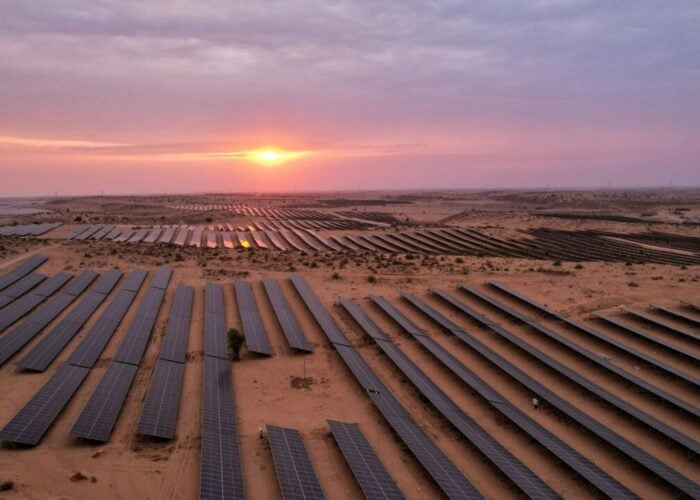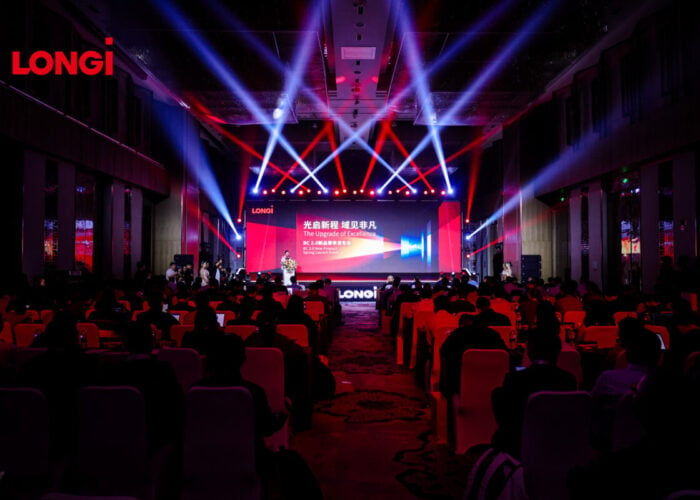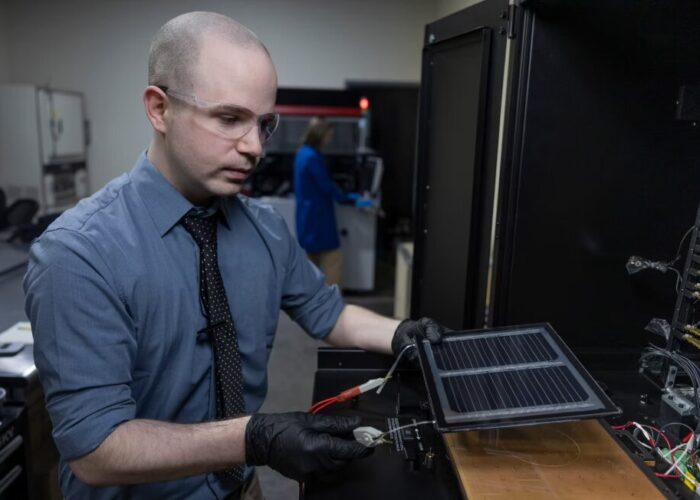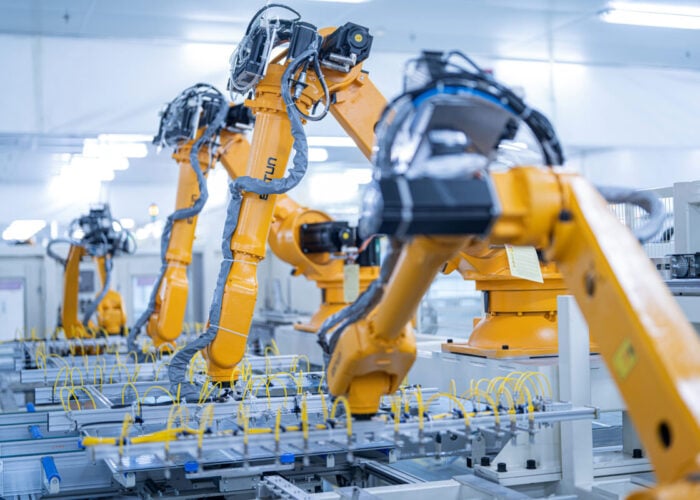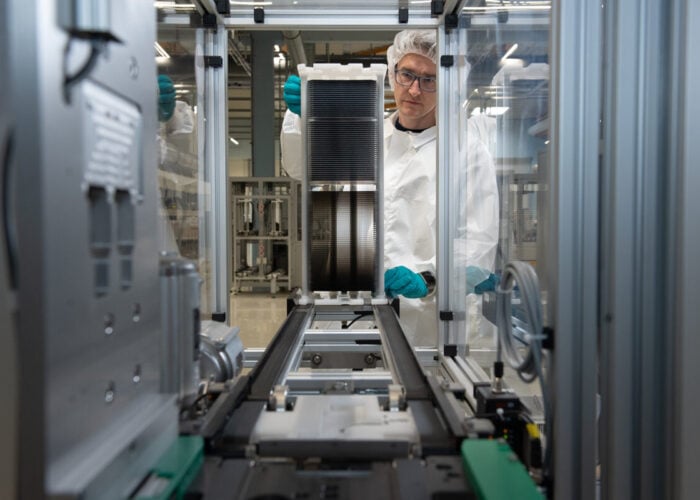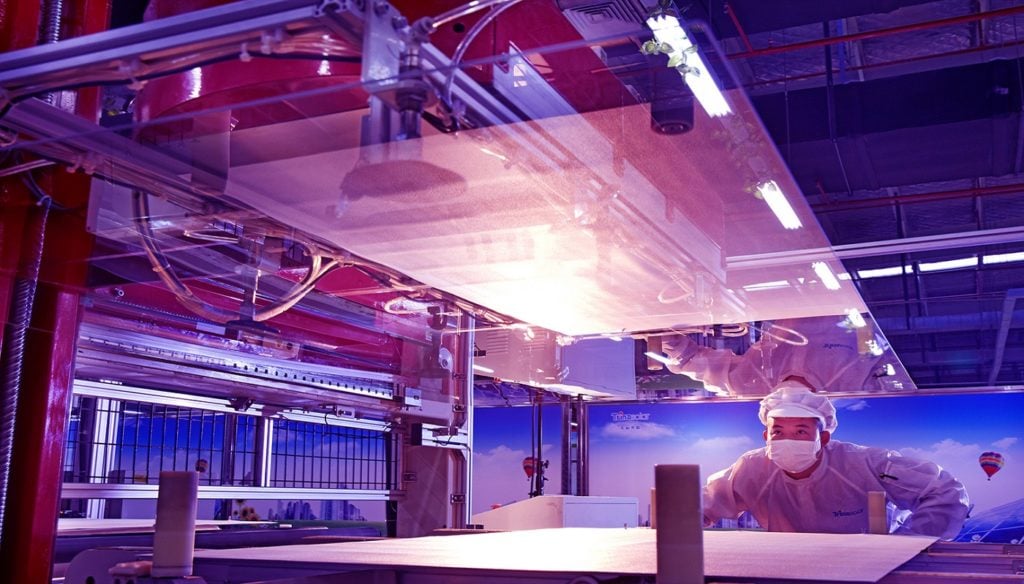
Average bidding prices for centralised procurement of solar modules in China has shown a rise in price, sparked by more expensive raw materials and soaring demand.
Recent bids for centralised solar module procurement from corporations in China including China Huadian, CNNC Nanjing and China Longyuan have indicated that bids from top-tier module manufacturers offering 500W+ panels had topped RMB1.8/Watt (US$0.28c/W).
Unlock unlimited access for 12 whole months of distinctive global analysis
Photovoltaics International is now included.
- Regular insight and analysis of the industry’s biggest developments
- In-depth interviews with the industry’s leading figures
- Unlimited digital access to the PV Tech Power journal catalogue
- Unlimited digital access to the Photovoltaics International journal catalogue
- Access to more than 1,000 technical papers
- Discounts on Solar Media’s portfolio of events, in-person and virtual
Or continue reading this article for free
Other centralised procurement offers have seen year-on-year price increase of as much as 14%, depending on the type and expected power output of the modules being sought.
This increase in price, although only expected to be felt in the short-term, was being attributed by module manufacturers in China to an ongoing shortage of raw materials such as polysilicon and glass.
Shortages of polysilicon in particular have been well documented, with many manufacturers signing long-term deals with providers including Daqo and GCL-Poly to secure their supply, while others have looked to bring greater polysilicon production in-house by launching joint venture partnerships in the field.
Meanwhile prices for solar-grade glass in China reached historic highs towards the end of last year, prompting manufactuers to lobby the Chinese government to intervene.
But there are now concerns that price increases in China could spread overseas, with module prices expected to creep upwards in the coming months.
PV Tech has spoken to a number of Chinese solar manufacturers to determine the extent of the price increases in China and the drivers behind it. You can read this insight exclusively via PV Tech Premium, here.

